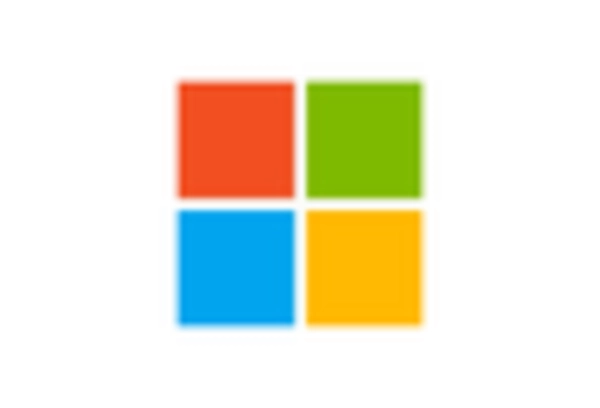Market Analysis
In-depth Analysis of Immersive Analytics Market Industry Landscape
Immersive analytics uses VR and AR to present information in 3D interactive environments which can help users understand and manipulate complex datasets more easily. This is particularly valuable for decision-makers who require a holistic view on intricate relations between variables. Moreover, there is a high demand for better decision making using data among organizations driving the growth of the immersive analytics market. It provides users with deeper immersion into the dataset itself thus increasing their involvement level during analysis. Users are able to scrutinize real-time information so as to obtain a feel for trends or anomalies.
The fatherland of immersive analytics is also a decisive factor. The VR and AR technologies allow teams to interact in common virtual spaces, which makes it possible to form an interactive data analysis environment. Despite their physical locations, the members of the team can explore datasets together, offer suggestions and make data-based decisions collectively. Also, more focus towards data storytelling drives the adoption of immersive analytics. These technologies enable users to produce narrative rich visualization about data immersion as well as creating many other forms of information movement by using images; instead of presenting static charts or graphs. Immersive analytics market is driven by the need for better user experience in data science applications. Traditional tools for visualizing information sometimes lack user-friendly interfaces for ordinary users. To overcome this challenge during the 1990s several companies developed new approaches to visualization such as immersive techniques. With VR or AR natural gestures and movements are used to interact with data meaning this discipline is no longer confined only to highly skilled IT personnel. When organizations adopt immersive analytics cost effectiveness is one of the issues at stake. However, while some firms might find investing in VR/AR hardware and software challenging at first, in long run the advantages exceed these costs through faster decision making processes improved collaboration among workers and more efficient examination activities. The former becomes more apparent as immersive analytics gets integrated into organizational operations. Moreover, regulatory framework has been another shaping influence on immersive analytics market development. As regulations adapt themselves in alignment with inclusion of immersive techs into data analysis practice so companies embrace these innovations more confidently. Clear guidelines and standards establish conditions necessary for minimizing entry barriers and supporting the development of immersive analytics within different sectors. One more factor that affects this market is the growing ecosystem of solutions and services for immersive analytics. There is an increasing number of developers and solution providers in the market, thus giving rise to a wider range of alternatives for different organizations. This results in improved competitiveness thereby promoting innovation in development of better tools for immersion analysis which can be used by other industries as well.

















Leave a Comment